Last month had the Banned Books Week, and it made me think about all the good books that others don't want to exist. I agree that there are many books that I don't like, but just because I don't like them doesn't mean that there isn't someone who does like them. I always feel bad about disposing of a book, even one that I find in the road that has been run over a few times.
But in case you missed it, there was a nice Humble Book Bundle of Forbidden reading (https://www.humblebundle.com/books/forbidden-books-2018) and it is surprising how many banned books have ended up as commonly required reading lists. So if you want to try some banned reading, you might go over to Project Gutenberg (https://www.gutenberg.org/) to download a copy of a required but banned reading.
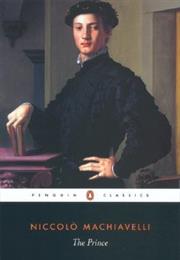

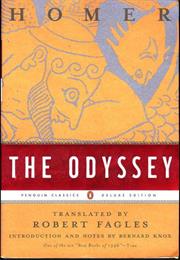
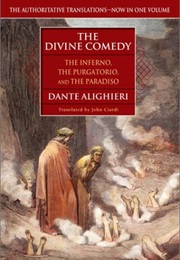
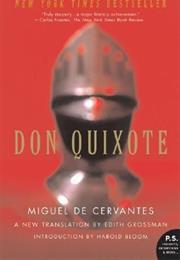
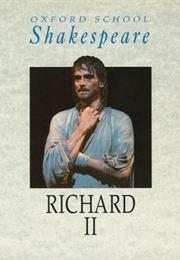
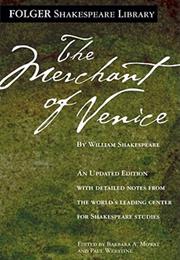
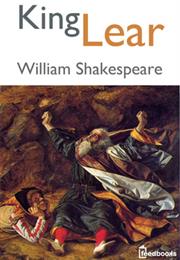
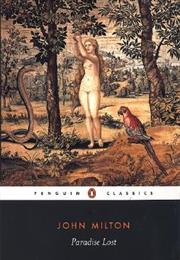
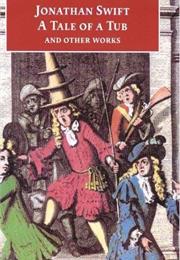
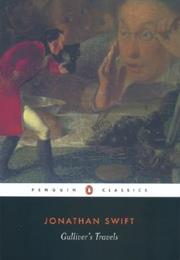
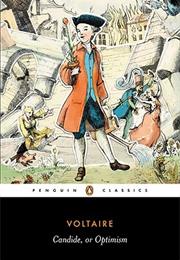
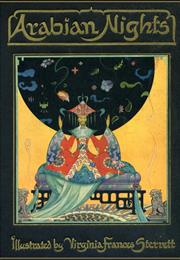
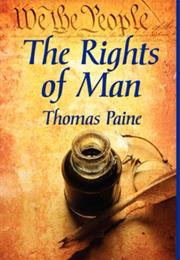




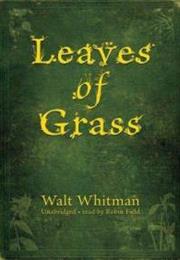
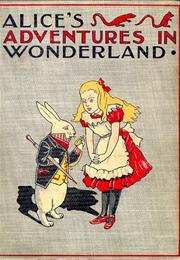
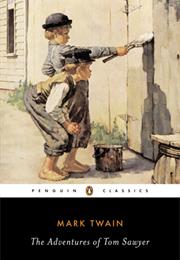
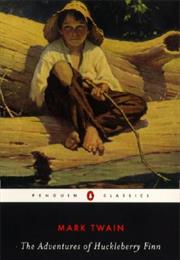
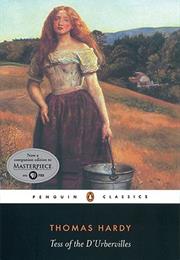
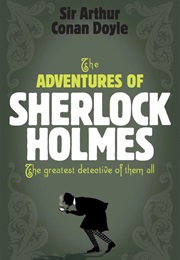
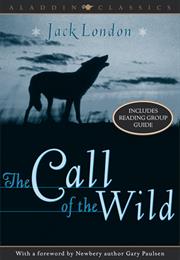
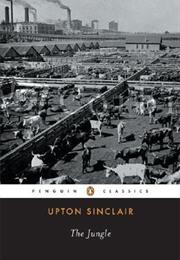

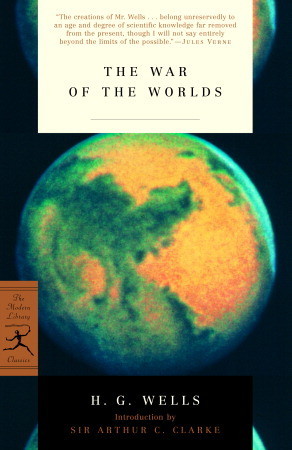

And while it wasn't banned officially it would have had problems was Andy Weir's great book The Martian. So many teachers and students wanted to read it in class and discuss the wonderful science from the book that Andy Weir created a classroom edition. So any science teachers out there that is looking for a great reading book for your class or your classroom library, consider adding The Martian: Classroom Edition (https://www.amazon.com/Martian-Classroom-Novel-Andy-Weir-ebook/dp/B072LBZJF1)

But in case you missed it, there was a nice Humble Book Bundle of Forbidden reading (https://www.humblebundle.com/books/forbidden-books-2018) and it is surprising how many banned books have ended up as commonly required reading lists. So if you want to try some banned reading, you might go over to Project Gutenberg (https://www.gutenberg.org/) to download a copy of a required but banned reading.





























And while it wasn't banned officially it would have had problems was Andy Weir's great book The Martian. So many teachers and students wanted to read it in class and discuss the wonderful science from the book that Andy Weir created a classroom edition. So any science teachers out there that is looking for a great reading book for your class or your classroom library, consider adding The Martian: Classroom Edition (https://www.amazon.com/Martian-Classroom-Novel-Andy-Weir-ebook/dp/B072LBZJF1)

Comments
Post a Comment